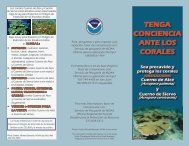Protected Species in the Gulf of Mexico - NMFS' Southeast Region ...
Protected Species in the Gulf of Mexico - NMFS' Southeast Region ...
Protected Species in the Gulf of Mexico - NMFS' Southeast Region ...
Create successful ePaper yourself
Turn your PDF publications into a flip-book with our unique Google optimized e-Paper software.
Endangered and Threatened<br />
Nearshore <strong>Species</strong><br />
Nest<strong>in</strong>g Kemp’s ridley sea turtle<br />
NPS Photo, Cynthia Rubio<br />
Nest<strong>in</strong>g:<br />
SEA TURTLES<br />
between May and October,<br />
Nests: several clutches (groups <strong>of</strong><br />
eggs) each nest<strong>in</strong>g season.<br />
Eggs: Between 50-70 p<strong>in</strong>g-pong ballsized<br />
eggs are deposited <strong>in</strong> a nest<br />
cavity and buried with sand.<br />
Hatch<strong>in</strong>g: Eggs hatch after 8-10<br />
weeks <strong>of</strong> <strong>in</strong>cubation.<br />
Females return to lay eggs on <strong>the</strong> beach from which <strong>the</strong>y hatched<br />
and swam <strong>of</strong>fshore as hatchl<strong>in</strong>gs.<br />
Generally, sea turtles are found <strong>in</strong> higher abundances <strong>in</strong><br />
nearshore coastal waters <strong>of</strong>f nest<strong>in</strong>g beaches and forag<strong>in</strong>g areas.<br />
Nearshore coastal areas are also important forag<strong>in</strong>g habitats for<br />
juvenile sea turtles.



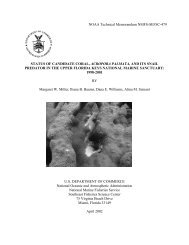
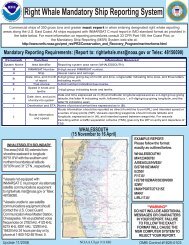

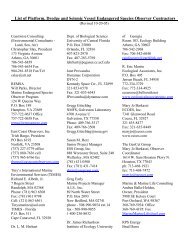
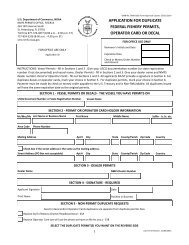
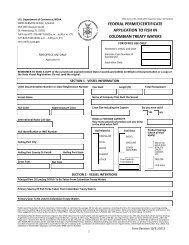
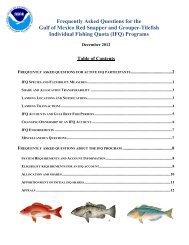
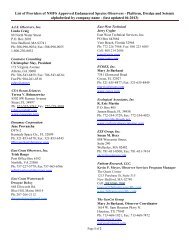
![Right Whale Fact Sheet [PDF] - Southeast Regional Office - NOAA](https://img.yumpu.com/28432664/1/190x245/right-whale-fact-sheet-pdf-southeast-regional-office-noaa.jpg?quality=85)

